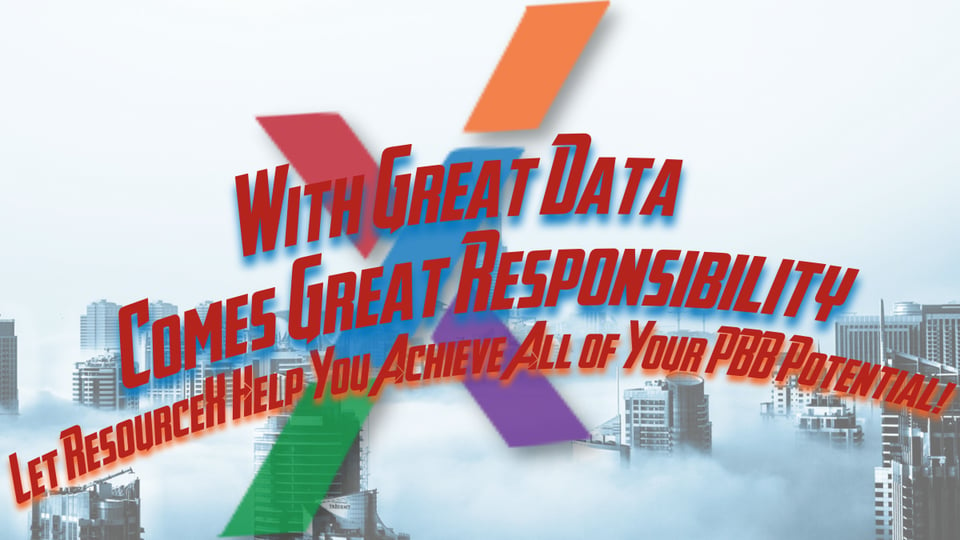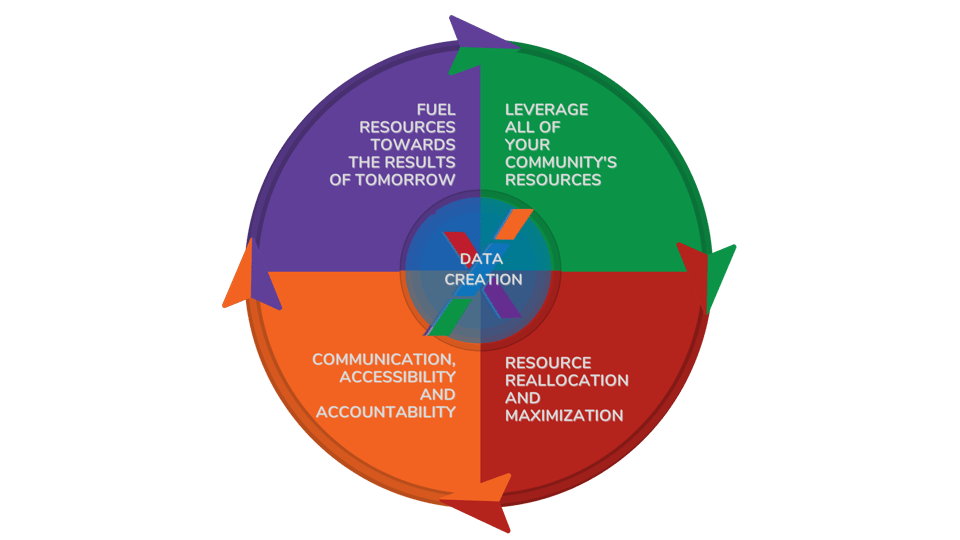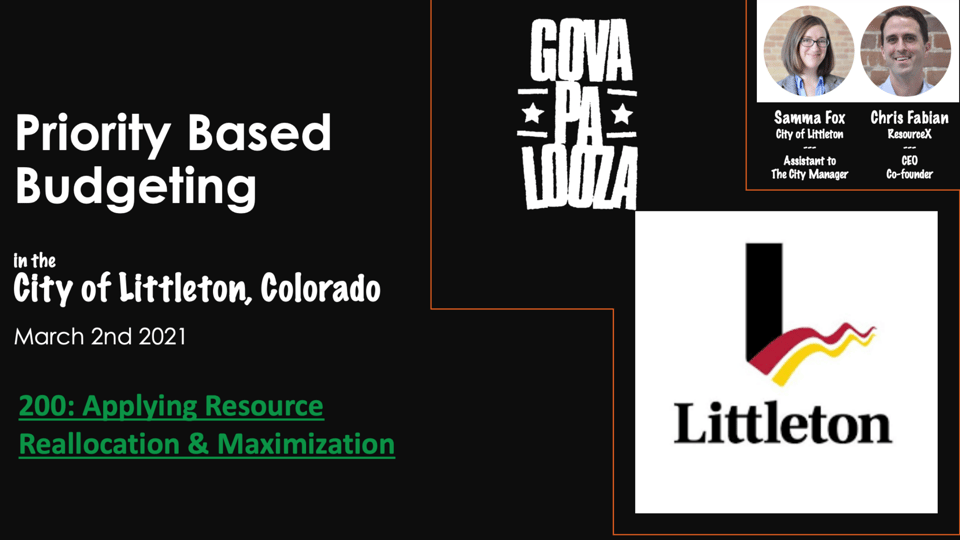
Today I want to talk about culture. It is something that I really have learned to love. I am not talking about beer and lederhosen, bagpipes and haggis, or the symphony or ballet. I am talking about the underlying behavior, values, and beliefs of your organization.
Culture is what defines an organization such as the dark suit and white shirt of the old IBM or fun with Southwest Airlines. It is the organizational culture that one needs to look toward to determine if a project is going to be successful or not.
One of my favorite business and management gurus is Peter Drucker. He has a very famous and familiar quote that says “culture eats strategy for breakfast.” In other words, even the best plans, strategies and ideas for an organization can be killed if the culture is not prepared or aligned with where a particular strategy may want to move.
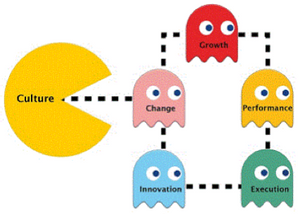
Leadership can help set the tone for an organization’s culture and so this must be remembered as well. We have to remember as leaders that people are always looking at us to see our behavior, our response to life in general as well as to evaluate us when we think no one is looking. As such, leaders need to remember to always walk the walk and talk the talk. Leaders need to consistently and frequently communicate the values and behavior that they wish to see as well as follow up with reinforcing these tenets in order to create the desired culture.
So why should one care about culture in the first place? Well for one, if you want to create continuous improvement and sustain efforts that you have already made an investment within, you will need to look toward your culture to do so. Many of our Priority Based Budgeting clients talk about the difficulty with sustaining PBB efforts and how it is hard to make it “stick” within their organizations. The answer to the problem? You guessed it; culture. Intentionality with ensuring that something is around for the long haul takes time and effort to make a part of the culture but it is well worth the work.
Culture is tough to change as the momentum and inertia of a culture are difficult to move. We have to remember that culture is more than just what is seen but also what lies beneath the surface. Such things as perceptions, fears, old habits, office politics, and traditions dictate and formulate a culture, Think of your culture as an iceberg. What is seen is what is typically communicated but it is what lies beneath the surface that really needs to be dealt with or you will be sunk!
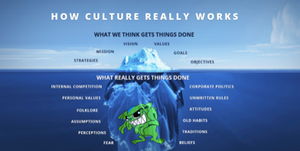
Now that we have identified culture and talked about its importance, how does one change it? It takes intentionality as well as time to change the culture of an organization but there are some steps that can be taken to moving in a new and desirable direction. In its simplest form, change culture requires an organization to define, align and manage the culture that it desires
First, communication is important. Communicate the values that you desire your organization to be known for. This communication cannot merely come from the top down but also discussed amongst employees. Managers and supervisors are key to the success of changing culture as they have the largest impact upon employees. The desirable values and behaviors need to be discussed and understood by the employees. Employees need to be able to “see” and “feel” how these values are important to them and the organization. In the case of Priority Based Budgeting, talk about the vision for what PBB is and what it is not. Everyone impacted by the implementation of PBB should be able to succinctly state the “why” as well as the what of the methodology.
The second thing that should be done to change culture is the implementation of an accountability system that applies to everyone equally from top to bottom. As I mentioned previously, the leadership has to walk the walk and talk the talk. What employees see their leaders value is typically followed. New performance evaluation systems that incorporate the values and behavior that is desired should also be instituted. For those employees or members of the team that are out of alignment with the desired values and behavior, they may need to be told to find somewhere else to work.
Next, find proponents that can help to carry the desired cultural message to the masses. Identifying some champions at all levels of the organization that can help with spreading a positive culture will help immensely. These cultural ambassadors can help formulate the guiding coalition that will help change your organizational culture more quickly.
Fourth, look for ways in which to reinforce the positive cultural changes that are occurring. Acknowledge employees and reward them in ways that will help encourage others to get behind the new cultural values. Another Peter Drucker quote that I admire is “what gets measured gets managed and what gets managed gets done.” If you look for ways to measure your culture, it will move in the direction that you want.
Lastly, don’t force or rush a cultural shift. Your current culture did not happen overnight and nor will the change.
Get to know and love your culture. If you don’t love it, work intentionally to help change it. It all starts with you and your recognition of the importance of culture. If you would like to learn more or would like some coaching on culture, please feel free to reach out to me at ekeck@resourcex.net. To your success!



